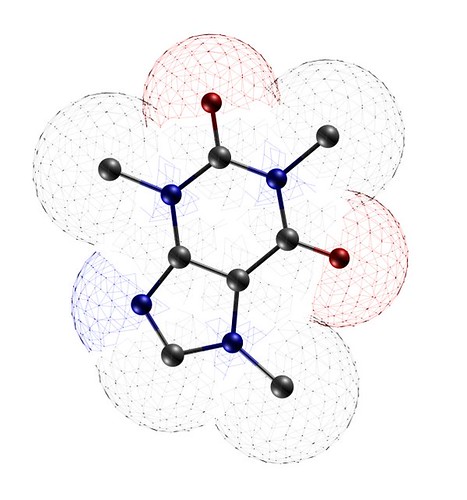
You grab it for that crucial morning jolt, a midday pick-me-up, or to power through an all-nighter. Energy drinks, with their vibrant cans and bold claims, have become a ubiquitous part of modern life, promising to supercharge your mind and body. Brands like Red Bull®, 5-hour ENERGY®, Monster®, and Celsius® dominate shelves, with sales figures soaring into the billions. It’s hard to deny their immediate appeal when facing a deadline, an intense workout, or battling fatigue.
However, beneath the exciting facade lies a complex truth many consumers overlook. These beverages are aggressively marketed, often targeting young adults and adolescents, and are associated with high-energy lifestyles. They promise improved focus and performance, but the long-term health consequences remain largely unclear and, for some, dangerously immediate. The easy availability and rapid consumption only amplify these potential risks.
As a senior media editor committed to bringing you vital health insights, we’re cutting through the buzz to expose the shocking realities of what these popular drinks are doing to your body. Registered dietitian Amber Sommer, RD, LD, cautions that while occasional consumption might not be harmful for healthy individuals, regular intake dramatically increases the risk of adverse effects. Prepare to discover the hidden dangers lurking in that seemingly harmless can, starting with the very heart of the matter.
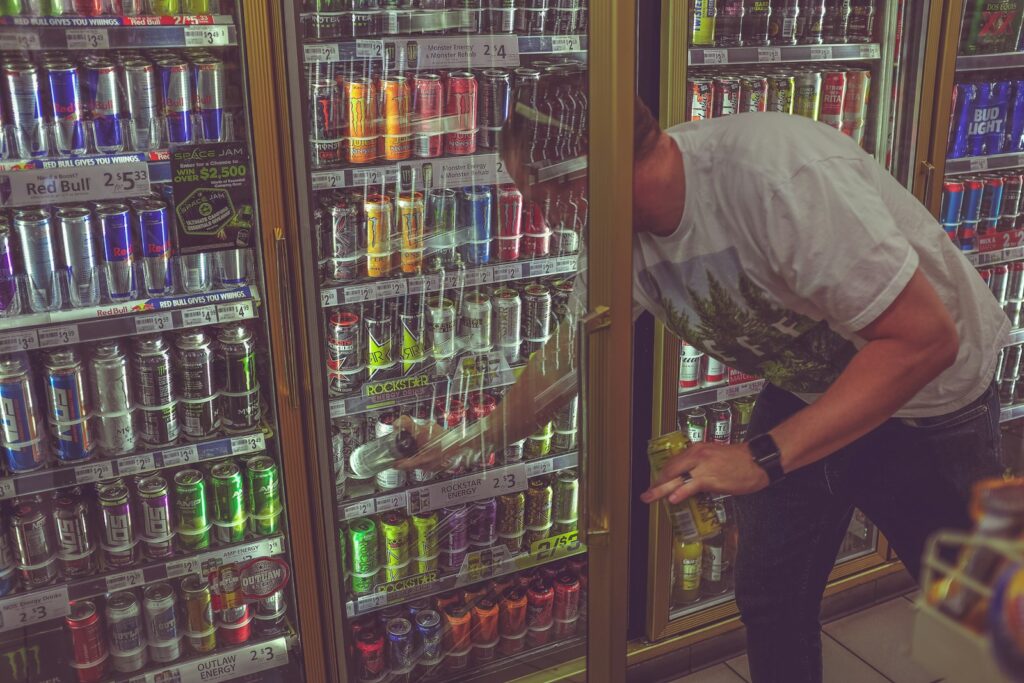
1. **The Aggressive Marketing Machine**: Walk into any grocery store, petrol station, or glance at online ads, and you’ll be bombarded with imagery of extreme athletes and peak performance, all thanks to energy drinks. This isn’t accidental; it’s a meticulously crafted strategy by beverage companies, primarily targeting young adults and adolescents. The marketing focuses on energizing effects, deliberately associating their products with high-energy activities and the idea of achieving more.
The allure is potent, especially for college students who consume a high amount of these drinks, and even for kids and teens under 18. Some companies are known to give products to kids for free, and many drinks are flavored to taste like candy, making them more attractive to a younger demographic. This calculated approach helps brands like Red Bull rack up sales of about 7.34 billion U.S. dollars in 2023.
But these powerful advertising campaigns, like Red Bull’s iconic “gives you wings,” can be forceful and dishonest. They promise popularity and boundless energy, making energy drinks appear safe and stylish. However, this perception often veils serious health risks, which the U.S. Food and Drug Administration (FDA) currently has little control over. This means many ingredients haven’t been fully tested, and labels may not even list correct caffeine amounts, adding to the deceptive nature of their widespread promotion.
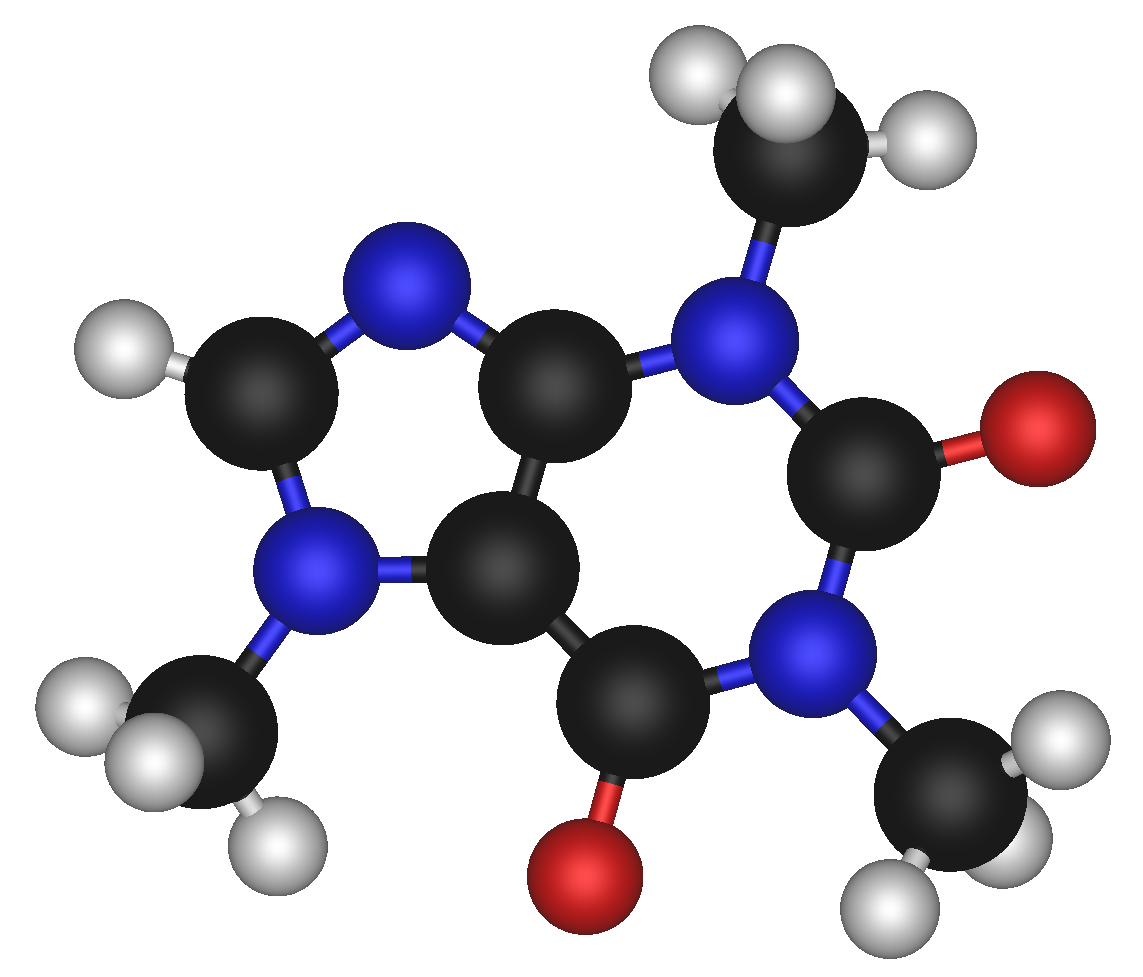
2. **Beyond Caffeine: The Ingredient Cocktail**: While caffeine is undeniably the main psychoactive substance providing that quick jolt, it’s far from the only active ingredient in your favorite energy drink. These beverages are a complex concoction, packed with other substances thought to boost energy and mental alertness. Common additions include taurine, guarana, ginseng, and a variety of vitamins, often in megadoses.
Taurine, an amino acid, is frequently found alongside herbal extracts like ginseng, guarana, and synephrine (bitter orange). Guarana itself contains caffeine, meaning the total caffeine content in the drink is often higher than just the listed caffeine amount. Other stimulants can include L-carnitine l-tartrate (LCLT), yerba mate, inositol, and St. John’s Wort – each with its own purported effects from improved memory to reduced stress.
On their own, many of these ingredients may indeed offer health benefits. However, as registered dietitian Amber Sommer wisely points out, when combined with the sky-high caffeine levels and often excessive added sugars found in energy drinks, the synergistic effect can create a ‘recipe for disaster.’ It’s this powerful, untested combination that presents a significant health gamble, far beyond what any single ingredient might imply.
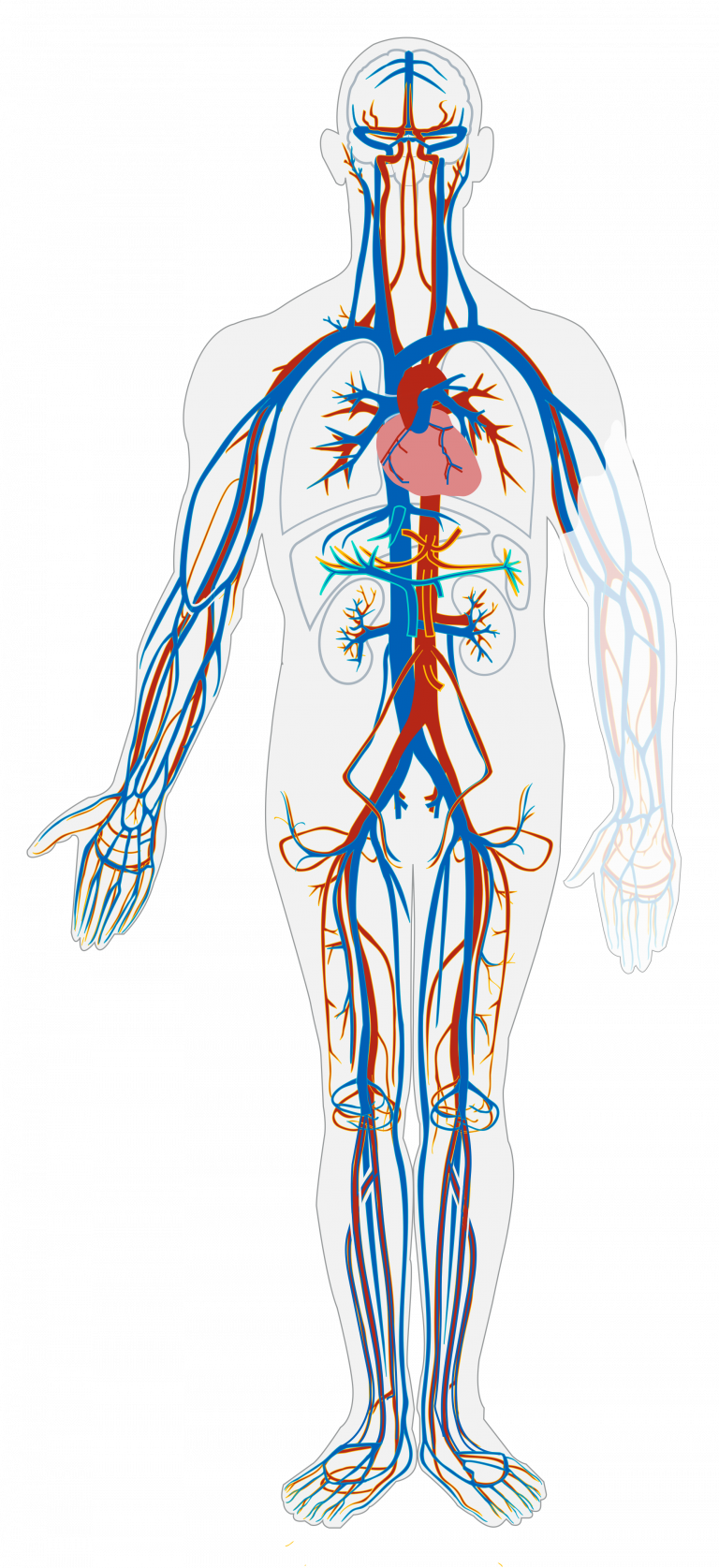
3. **The Alarming Impact on Your Cardiovascular System**: Perhaps the most thoroughly studied and alarming side effects of energy drink consumption are those impacting the cardiovascular system, largely due to their potentially fatal properties. High intake is directly associated with an acute haemodynamic and adrenergic state, leading to concerning increases in both glucose and norepinephrine levels within the body. This is a critical factor in understanding the rapid, adverse changes they can induce in heart function.
The European Cardiac Arrhythmia Society (ECAS) has even conducted a critical review on reported data concerning energy drinks and cardiovascular events. They found, and numerous case reports echo, chilling consequences: supraventricular and ventricular arrhythmias, coronary vasospasm, myocardial infarction, atrial fibrillation, syncope, aortic dissection, cardiomyopathy, cardiac arrest, and even sudden cardiac death have all been reported in otherwise young and healthy patients.
Caffeine, the primary stimulant, exerts direct chronotropic and positive inotropic effects on the heart. At lower concentrations, it increases catecholamine release, while at higher concentrations, it directly elevates calcium uptake. Chronic coffee consumption generally leads to a slight increase in peripheral vascular resistance and blood pressure, with systolic and diastolic blood pressure rising by 0.8 mmHg and 0.5 mmHg, respectively, per 100 mg of caffeine. This subtle yet constant strain, intensified by additional ingredients like guarana, enhances the inotropic effect and can, at high doses, readily induce arrhythmias, tachycardia, and ventricular fibrillation, stressing your most vital organ.
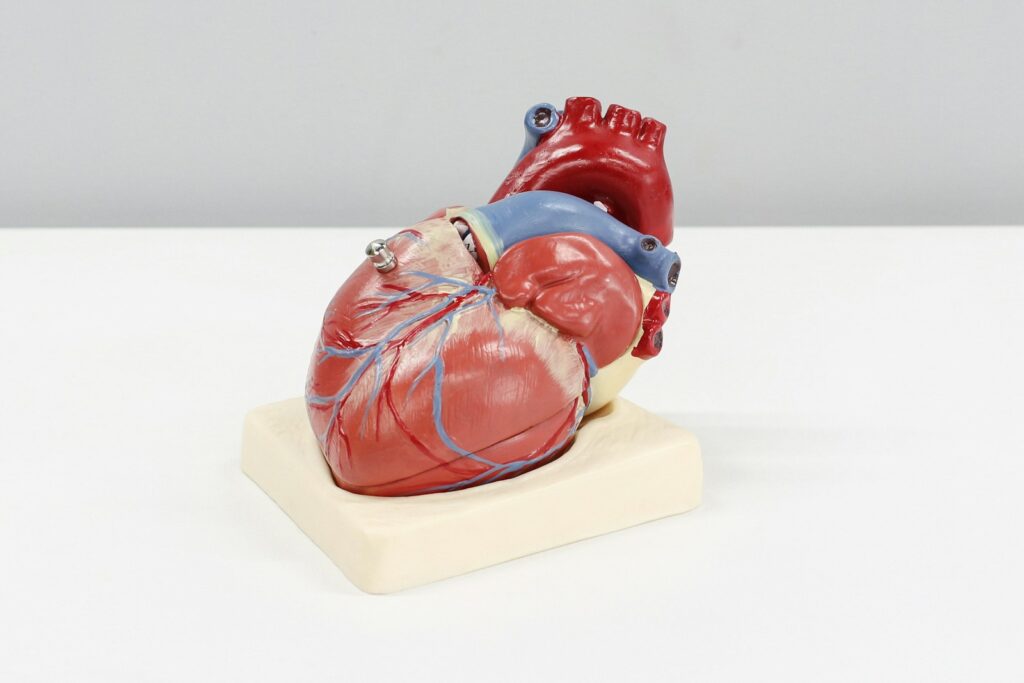
4. **Unmasking Hidden Heart Conditions**: One insidious danger of energy drinks isn’t just their ability to *cause* cardiac problems, but their alarming capacity to *unmask* pre-existing heart conditions. Many individuals may be living with undiagnosed structural or inherited heart diseases, completely unaware of the ticking time bomb within their chest. The acute haemodynamic and adrenergic state induced by energy drinks can suddenly bring these underlying vulnerabilities to the forefront, making a previously healthy individual susceptible to severe cardiac events.
The risk of cardiovascular outcomes is significantly increased in those with such pre-existing conditions. More critically, consuming these beverages may even lead to the diagnosis of heart disease that subjects were entirely unaware of before their adverse reaction. This means a casual energy drink can become a catastrophic diagnostic tool, revealing a fatal flaw that might have otherwise remained dormant. It’s a stark reminder that ‘healthy’ doesn’t always mean immune to these potent stimulants.
Literature has documented nine cases of cardiac arrest specifically associated with the consumption of high doses of these stimulants. The primary trigger often involves severe cardiac arrhythmias, such as ventricular fibrillation, or the sudden unmasking of previously unrecognised channelopathies. Of these nine cases, six required intensive cardiopulmonary resuscitation, with no cardiac abnormalities found during follow-up. Tragically, the other three individuals died from sudden cardiac arrest, STEMI, or ventricular fibrillation, underscoring the potential for irreversible damage and fatality, even in young populations.
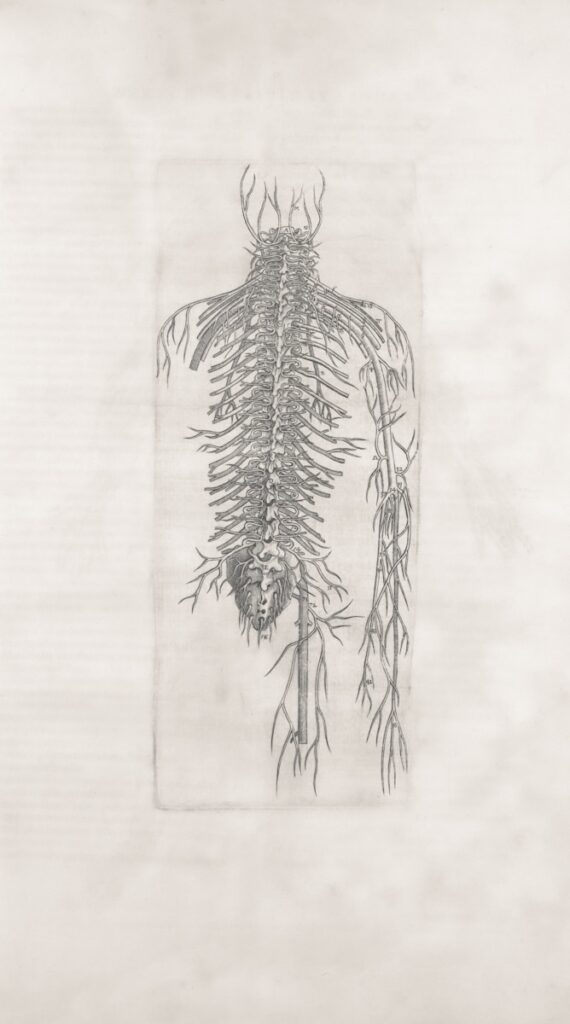
5. **The Neurological Assault: From Alertness to Seizures**: Beyond the heart, energy drinks launch a potent assault on your central nervous system, leading to neurological issues far more severe than simple jitters. The consumption of these caffeine- and stimulant-laden beverages has been linked to concerning effects such as seizures, cerebral vasculopathy, and even manic psychosis. This isn’t just about feeling wired; it’s about profoundly altering your brain’s delicate chemistry and function.
Studies reveal that the ingredients in energy drinks overstimulate the adrenergic system, triggering a cascade of physiological responses including hyperglycaemia, hypokalemia, leukocytosis, and metabolic acidosis. While caffeine is known for its psychostimulant effects at low doses, increasing alertness and speed of thoughts, the line between benefit and harm is perilously thin. Doses of less than 500 mg might increase alertness, thought speed, reduce fatigue, and decrease sleep.
However, once you cross that threshold, higher doses invite restlessness, anxiety, insomnia, tremors, and in severe cases of acute toxicity, seizures that are disturbingly resistant to standard antiepileptic drugs. The ingestion of caffeine at very high, pharmacological doses has been explicitly associated with the possible occurrence of seizures. Reports confirm that energy drink consumption has triggered seizures not only in patients with known epilepsy but also in those with no prior history of the condition, emphasizing the unpredictable and dangerous neurological impact of these popular beverages.
6. **The Dopamine Dilemma: How Caffeine Rewires Your Brain**: The neurological impact of energy drinks delves deeper than just overstimulation; caffeine actively rewires your brain’s intricate pathways, particularly those involving dopamine. At normal average human doses, caffeine acts primarily as an adenosine receptor antagonist, interacting with both A1 and A2A receptors. Acutely, it predominantly affects A1 receptors, but chronic use leads to tolerance, shifting dominant effects to A2A receptors, with profound implications for brain function and mood.
Caffeine enhances dopamine-related behavior by inhibiting adenosine A2A receptors and boosting transmission via dopamine D2 receptors. This intricate dance of neurotransmitters is critical for mood, motivation, and fatigue perception. Studies indicate caffeine intake increased left frontal activation, suggesting its role in reducing fatigue by influencing dopamine function. But this isn’t a simple, harmless boost; it’s a complex manipulation with potential long-term consequences.
By blocking A2A receptors, caffeine reduces adenosine’s stimulatory effects on cAMP, leading to increased glutamate release and activation of mGlu5 metabotropic receptors, alongside endocannabinoid release. This chain reaction alters neuronal activity, impacting areas like the hippocampus and prefrontal cortex. While offering a temporary feeling of increased focus and energy, chronic consumption of energy drinks is paradoxically linked to stress, anxiety, and depression. The very mechanism designed to make you feel ‘up’ can, in the long run, leave your mental health in a serious slump, creating a deceptive cycle.
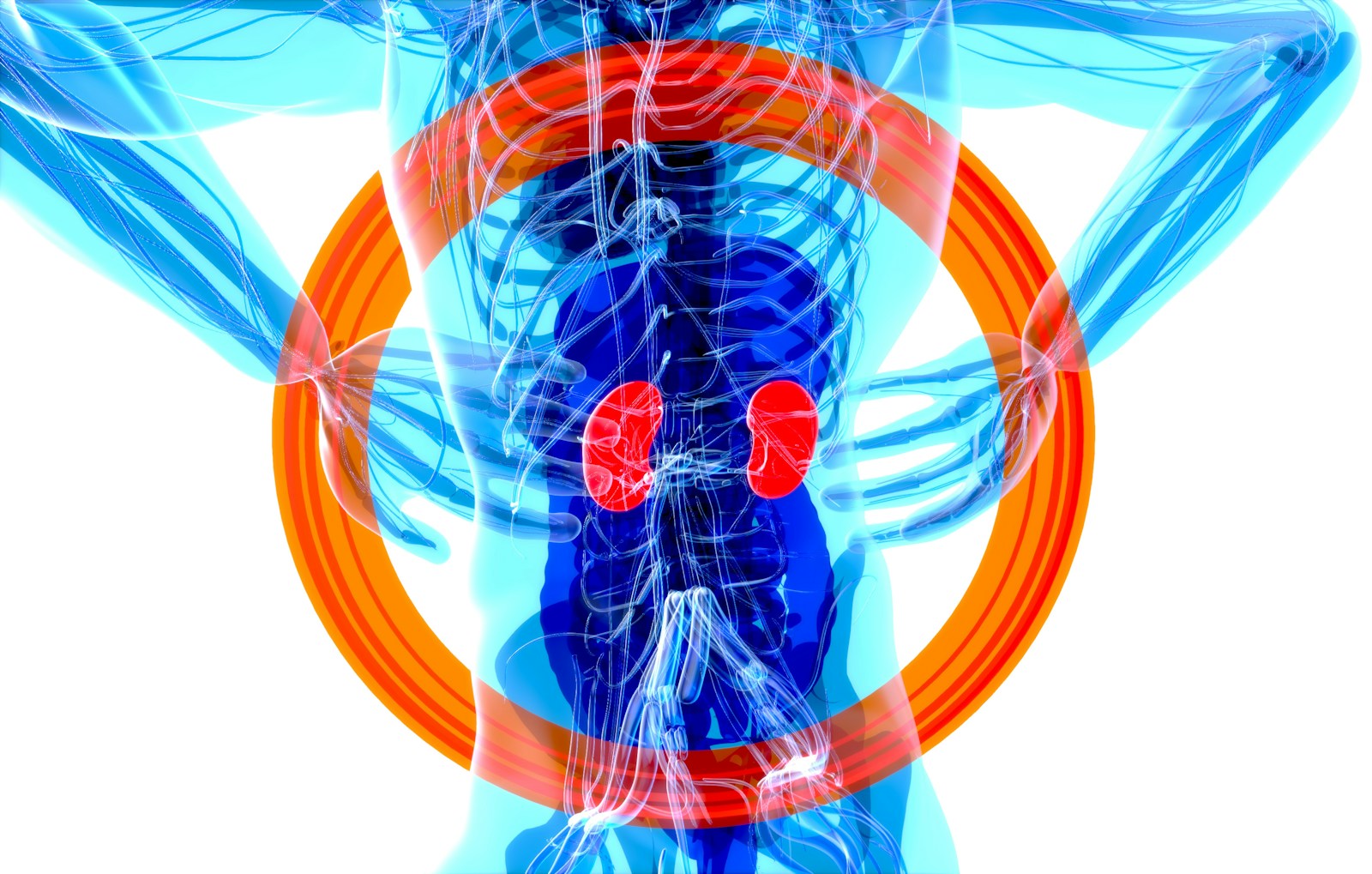
7. **The Silent Threat to Your Gut and Kidneys**: While the heart and brain often steal the headlines for energy drink dangers, these potent concoctions also wage a silent assault on your digestive tract and kidneys. Many consumers overlook the potential for gastrointestinal and renal disorders, yet studies are increasingly revealing a troubling link. Ingredients like mega-doses of vitamin B3 (niacin) and taurine, often lauded for their individual benefits, become problematic when consumed in the extreme quantities found in energy drinks.
Let’s talk about your gut. Cases of acute hepatitis and acute pancreatitis have been described, often tracing back to energy drink consumption. The culprit? Niacin, or vitamin B3, which is present in these drinks at levels far exceeding daily requirements. Niacin hepatotoxicity is a dose-dependent, directly toxic response, potentially leading to a mild elevation of liver enzymes, hepatic steatosis, hepatic necrosis, and in rare, severe instances, liver failure. A mere 1 gram per day of vitamin B3 has been reported to cause such issues, a threshold easily met or exceeded by some energy drinks. Furthermore, caffeine itself can impact digestion by stimulating salivation and gastric juice production, and by relaxing the gastroesophageal sphincter, which can lead to unwelcome reflux.
Then there’s the kidney connection. Acute kidney injury (AKI) has been observed in association with energy drink intake, with taurine often pinpointed as the main instigator. This amino acid, popular among athletes as a dietary supplement for performance enhancement, can become a significant burden on renal function in high doses. Caffeine, acting as a weak diuretic, contributes to this by increasing glomerular filtration and decreasing tubular sodium reabsorption. While seemingly minor, this constant strain over time can compromise the delicate balance your kidneys work tirelessly to maintain.
Beyond these acute concerns, the intricate network of GABA receptors within your gastrointestinal tract plays a role in acid secretion, gastric mucosal protection, and motility. Taurine, accumulating in the parietal cells of the gastric glands and found within the myenteric and submucosal plexuses of the enteric nervous system, further underscores its deep involvement in regulating gastrointestinal functions. This suggests that the impact of these drinks extends to the very mechanisms governing your gut’s daily operations, far more than just a passing upset stomach.

8. **The Dangerous Cocktail: Energy Drinks and Alcohol**: It’s a scenario played out in bars and at parties worldwide: mixing energy drinks with alcohol. This seemingly innocuous combination, often chosen to extend an evening or mitigate the drowsy effects of alcohol, is in fact a recipe for disaster. Registered dietitian Amber Sommer, RD, LD, doesn’t mince words, stressing that it’s “a really bad idea.” The invigorating effects of the energy drink create a deceptive shield, masking the true intoxicating effects of alcohol, leaving you dangerously unaware of how drunk you’re actually getting.
The U.S. Centers for Disease Control and Prevention (CDC) issues a stark warning on this front. Their research indicates that individuals who mix alcohol and energy drinks are an alarming four times more likely to engage in binge drinking compared to those who stick to alcohol alone. This amplified consumption isn’t just about quantity; it’s about profoundly impairing judgment and significantly increasing risks, making you vulnerable to decisions you might deeply regret.
The ramifications extend far beyond just binge drinking. The CDC further reports a heightened likelihood of severe negative consequences, including unwanted or unprotected sex, driving under the influence, riding with an intoxicated driver, or suffering injuries. The combined stimulant and depressant effects create a unique physiological and psychological state where perception is skewed, and the body’s natural warning signals about intoxication are suppressed, pushing individuals towards risky behaviors.
Adding to this dangerous mix is the increased risk of dehydration. Caffeine, a central component of energy drinks, has a diuretic effect, accelerating fluid loss from the body. When combined with alcohol, which is also dehydrating, the body faces a double assault on its hydration levels. Sommer also points out that because energy drinks are often flavored to be palatable and are typically consumed quickly, much like a soda, their potent effects are enhanced and delivered rapidly, compounding all these dangers with frightening speed.

9. **Medication Mayhem: When Energy Drinks Clash with Your Prescriptions**: For many, daily medication is a non-negotiable part of maintaining health. Yet, a silent and potentially dangerous interaction often goes unnoticed: the clash between energy drink ingredients and prescribed drugs. Ignoring this interaction can not only render your medications less effective but can also trigger severe, unanticipated side effects, making it absolutely crucial to understand the risks involved. Sommer cautions that the ingredients in energy drinks “don’t always interact well with certain medications,” making their combination a fundamentally bad idea.
Consider the vital role of specific medications. If you’re on antidepressants, anti-anxiety medication, or blood thinners, the stimulants saturating energy drinks can dramatically interfere with their therapeutic actions. These stimulants can either amplify the effects of your medication, leading to overdose-like symptoms and increased side effects, or conversely, reduce their efficacy, leaving your condition untreated. The delicate balance your doctor aims to achieve with your prescription can be easily disrupted by a seemingly harmless energy boost.
For those undergoing cancer treatment, the stakes are even higher. Cancer patients are strongly urged to discuss any supplements, including energy drinks, with their care team. High caffeine intake, already a concern, can interact with certain cancer treatments and worsen anxiety, insomnia, and heart-related side effects. Furthermore, herbal extracts like Panax ginseng and green tea extract, common in many energy drinks, are known to have specific interactions with some cancer therapies. Maintaining stable blood sugar levels is also paramount for cancer patients taking steroid medications, a goal actively undermined by the high sugar content found in many energy drinks.
Beyond these specific examples, the general principle holds true: any medication can be affected. Whether it’s the impact of caffeine on stimulant medications, potentially worsening side effects, or the myriad of artificial additives whose interactions are less understood, the risk is not worth taking. Your body’s complex chemistry is fine-tuned by your prescriptions, and introducing a cocktail of powerful stimulants and untested compounds can throw that entire system into disarray. Always prioritize your safety and consult a healthcare professional before combining energy drinks with any form of medication.
In a world constantly pushing for faster, more intense, and artificial energy, the shocking truth about your favorite energy drink serves as a powerful wake-up call. It’s clear that the convenience and marketing allure mask a dangerous reality, with risks extending to nearly every system in your body. But armed with this knowledge, you have the power to make informed choices. By turning away from the quick, deceptive jolt and embracing natural, sustainable sources of energy, you’re not just avoiding harm; you’re investing in a future of robust health and genuine vitality. Your body deserves the best, and true energy comes from within, nurtured by mindful choices, not from a can. Choose wisely, live vibrantly.

